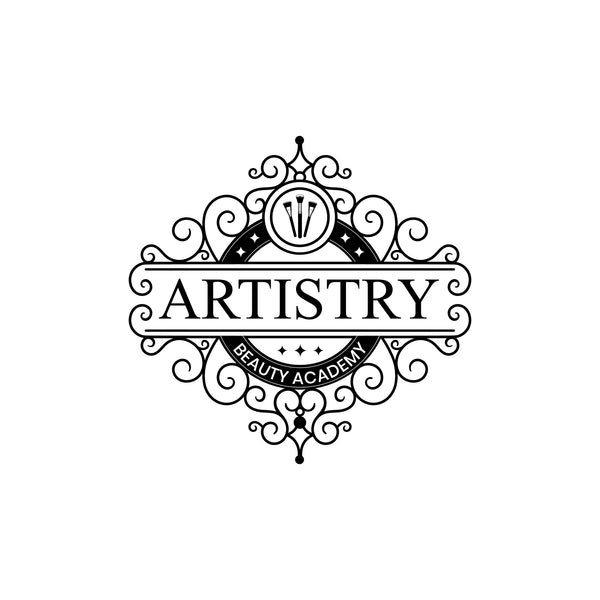
How Makeup Is Made: The Art and Science Behind Cosmetics
Share
Makeup is an essential part of many people's daily routines, but have you ever wondered how your favorite products are made? The creation of cosmetics is a fascinating blend of art, science, and innovation. From foundation to lipstick, each product undergoes a detailed manufacturing process that ensures quality, safety, and performance. Here’s a closer look at how different types of makeup are made.
1. The Formulation Process
The journey of any makeup product begins with formulation. Cosmetic chemists carefully select ingredients to create a product that meets desired characteristics, such as texture, finish, and color. This process often involves mixing various components, including pigments, oils, waxes, emulsifiers, and preservatives. For example, in foundation, water and oil are combined to create an emulsion, while pigments are added to achieve the desired color.
2. Types of Makeup and Their Ingredients
Different types of makeup require specific ingredients tailored to their purpose:
-
Foundation: Foundations can come in liquid, cream, or powder forms. The base typically includes water, oils, and pigments. Additional ingredients like silicone can be added for a smoother application and better wear time. Formulations vary depending on the finish desired—matte, dewy, or satin.
-
Lipstick: Lipsticks are a mix of waxes, oils, and pigments. Waxes, such as beeswax or carnauba wax, give lipstick its structure, while oils provide moisture and ease of application. The combination of these ingredients determines the lipstick’s texture and longevity. Flavoring agents and scents can also be added to enhance the product’s appeal.
-
Eyeshadow: Eyeshadow formulations typically include a blend of pigments, binders, and fillers. Binders like magnesium stearate help the pigments adhere to the skin, while fillers can enhance the product's texture. Shadows can be pressed into pans or formulated as loose powders. Depending on the finish—matte, shimmer, or glitter—different ingredients are used to achieve the desired effect.
3. Production and Quality Control
Once the formulation is finalized, the next step is production. Ingredients are mixed in large batches using specialized equipment. This process must be carefully controlled to ensure consistency in color, texture, and performance.
Quality control is crucial in cosmetics manufacturing. Products undergo various tests to ensure they are safe for use. Stability tests determine how well the product holds up over time, while microbial testing checks for harmful bacteria. Products must comply with regulations set by organizations like the FDA or the EU, which ensure safety standards are met.
4. Packaging and Marketing
After passing quality control, the makeup is packaged. Packaging plays a significant role not only in protecting the product but also in branding. The design of the container can influence consumer perception and purchasing decisions. Sustainable packaging is becoming increasingly important, with many brands opting for eco-friendly materials.
Once packaged, marketing strategies come into play. Brands often invest in storytelling, appealing visuals, and influencer partnerships to connect with their audience. The way a product is marketed can greatly impact its success in a competitive market.
5. Innovation in Cosmetics
The makeup industry is constantly evolving, with new technologies and trends emerging regularly. Innovations such as customizable foundations that match the wearer’s skin tone, long-wear formulas, and skin-loving ingredients are becoming more prevalent. Brands are also increasingly focusing on inclusivity, offering a wider range of shades to cater to diverse skin tones.
Understanding how makeup is made provides a deeper appreciation for the artistry and science behind the products we love. From formulation and production to packaging and marketing, each step is essential in creating the cosmetics that enhance our beauty and boost our confidence. Whether you're a makeup artist or a beauty enthusiast, recognizing the complexity of makeup manufacturing adds a new layer of insight to your daily routine.
